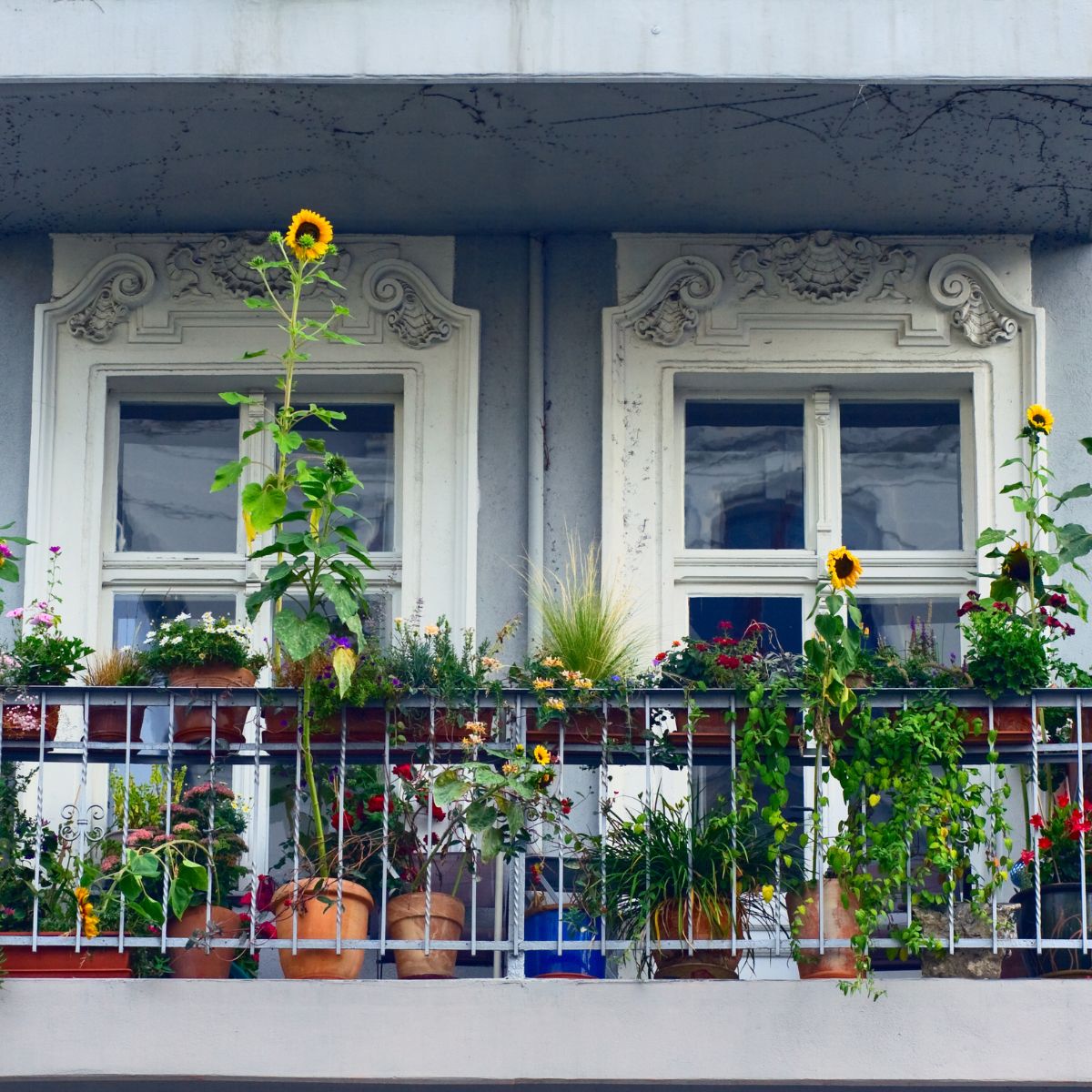

Articles
How To Grow Herbs On Balcony
Modified: December 7, 2023
Learn how to grow herbs on your balcony with these helpful articles. Discover tips and tricks for maximizing your space and creating a beautiful herb garden.
(Many of the links in this article redirect to a specific reviewed product. Your purchase of these products through affiliate links helps to generate commission for Storables.com, at no extra cost. Learn more)
Introduction
Are you looking to bring a touch of greenery to your balcony? Growing herbs on your balcony is not only a great way to add beauty and freshness to your outdoor space, but it also allows you to have access to fresh, flavorful herbs for cooking and other uses.
Even if you have limited space, you can still create a thriving herb garden on your balcony. With a little planning and the right techniques, you can enjoy a variety of herbs right at your fingertips.
In this article, we will guide you through the process of growing herbs on your balcony, from choosing the right herbs to harvesting and pruning. So, let’s get started!
Key Takeaways:
- Create a thriving herb garden on your balcony by choosing the right herbs, selecting suitable containers, and providing proper care. Enjoy the flavors and aromas of fresh herbs right at your fingertips.
- Avoid common mistakes, such as overwatering and neglecting pest control, to ensure the health and productivity of your balcony herb garden. Embrace the joy of cultivating your own herbs and savoring their bountiful harvest.
Read more: How To Grow Herb Garden
Choosing the Right Herbs
When it comes to growing herbs on your balcony, the first step is to choose the right herbs that will thrive in your specific environment. Consider factors such as the amount of sunlight your balcony receives, the weather conditions in your area, and your own preference for types of herbs.
Here are some popular herbs that are known to do well in balcony gardens:
- Basil: With its aromatic leaves, basil is a versatile herb used in various cuisines.
- Parsley: This herb is rich in vitamins and adds a fresh flavor to dishes.
- Mint: Mint is a refreshing herb that can be used in beverages and desserts.
- Thyme: Known for its savory flavor, thyme is a great addition to herb gardens.
- Rosemary: This herb has a distinct aroma and is commonly used in Mediterranean cooking.
- Cilantro: Cilantro is a staple in many cuisines and is used for its unique flavor.
Additionally, consider herbs that can serve dual purposes, such as lavender for its fragrance or chamomile for its calming properties. Remember, choose herbs that you enjoy using in your culinary adventures or have other beneficial qualities for you.
Once you’ve selected your herbs, it’s important to consider the growing requirements of each herb. Some herbs may require more sunlight or regular watering, while others are more resilient and can tolerate different conditions.
With the right selection of herbs, you can create a diverse and thriving herb garden on your balcony, providing you with fresh flavors and a beautiful display of greenery.
Selecting the Ideal Containers
When it comes to growing herbs on your balcony, selecting the right containers is crucial. The containers you choose will not only provide a home for your herbs but also play a significant role in their growth and overall health.
Here are some factors to consider when selecting containers for your balcony herb garden:
Size: Choose containers that are large enough to accommodate the growth of your herbs. The size of the container will depend on the specific herb and its root system. Generally, a container with a depth of at least 6 inches is suitable for most herbs.
Drainage: Ensure that the containers have drainage holes to allow excess water to escape. Proper drainage is essential to prevent waterlogging, which can lead to root rot and other plant diseases.
Material: Containers can be made of various materials such as terracotta, plastic, or wood. Terracotta containers provide good airflow to the roots, but they tend to dry out quickly. Plastic containers are lightweight and retain moisture better. Wooden containers can add a rustic charm to your balcony but may require additional maintenance.
Number of Herbs: Consider the number of herbs you plan to grow and the space available on your balcony. You can either choose individual containers for each herb or opt for larger containers that can accommodate multiple herbs. Just ensure that each herb has sufficient space for its growth.
Placement: Keep in mind the layout of your balcony and the sunlight it receives. Place the containers in a spot that gets at least 4-6 hours of direct sunlight each day. If your balcony is shady, choose herbs that can tolerate partial shade.
In addition to these considerations, you can also get creative with your containers. Consider using repurposed items like old buckets, tin cans, or wooden crates for a unique and eco-friendly touch.
Remember to also choose containers that match your balcony’s aesthetic and complement your overall design. The right selection of containers not only provides a suitable environment for your herbs but also adds visual appeal to your balcony garden.
By selecting the ideal containers, you set the foundation for a successful and visually pleasing herb garden on your balcony.
Preparing the Balcony Space
Before you start planting your herbs, it’s important to properly prepare your balcony space. This will ensure the optimal growth and health of your herbs while maximizing the available space.
Here are some steps to follow when preparing your balcony for a herb garden:
Clean the Balcony: Start by thoroughly cleaning your balcony to remove any debris, dirt, or dust. Sweep the floor, wipe down the railing, and remove any unwanted items. Clean surroundings provide a fresh and inviting space for your herbs to thrive.
Check Balcony Safety: Ensure that your balcony is safe and secure. Check for any loose railings or unstable flooring that could pose a risk. If you have pets or small children, consider installing a barrier or protective netting to keep them safe.
Assess Weight Capacity: Take into account the weight capacity of your balcony. Containers filled with soil, water, and growing herbs can become heavy, especially over time. Make sure your balcony can handle the weight and consider alternatives like lightweight containers or hanging planters.
Protect Against Wind: Balconies are often exposed to wind, which can damage delicate herbs. If your balcony is windy, consider using windbreakers like screens or trellises to create a protected microclimate for your herbs.
Consider Vertical Gardening: If space is limited, utilize vertical gardening techniques to make the most of your balcony. Wall-mounted planters, hanging baskets, or vertical herb gardens can help maximize your space while adding a unique visual element.
Add a Drainage System: If your balcony does not have a built-in drainage system, consider adding trays or saucers under your containers to catch any excess water. This will prevent water from dripping onto your neighbor’s balcony and help maintain a healthy root system for your herbs.
Taking the time to prepare your balcony space will ensure a conducive environment for your herbs to flourish. By following these steps, you can create a clean, safe, and well-structured area that promotes healthy growth and allows you to enjoy your herb garden to the fullest.
Providing Adequate Sunlight
Sunlight is a crucial factor in the success of your balcony herb garden. Most herbs thrive in full sunlight, which is typically defined as about 6 to 8 hours of direct sunlight per day. Adequate sunlight ensures proper photosynthesis, which is essential for the growth and flavor development of herbs.
Here are some tips to ensure your herbs get the right amount of sunlight:
Observe your Balcony: Take note of the light conditions on your balcony throughout the day. Observe and identify the areas that receive the most sunlight and those that are partially shaded. This will help you determine the best placement for your herbs.
Choose Sun-Loving Herbs: Opt for herbs that thrive in full sunlight. These include basil, rosemary, thyme, and sage. These herbs will be more tolerant of direct sunlight and will perform well in brighter areas of your balcony.
Rotate Containers: If your balcony doesn’t receive consistent sunlight throughout the day, consider rotating your herb containers. This ensures that all sides of the plants receive an equal amount of sunlight, preventing uneven growth.
Use Reflective Surfaces: Maximize sunlight exposure by placing reflective surfaces, such as mirrors or light-colored walls, on your balcony. These surfaces will help bounce the sunlight back onto your herbs, providing them with an extra boost of light.
Consider Shade-Tolerant Herbs: If your balcony is shaded for most of the day, don’t fret! There are herbs that can tolerate partial shade, such as mint, parsley, and cilantro. These herbs will still require some sunlight, but they can thrive in areas with less direct light.
Supplement with Artificial Lighting: In cases where your balcony doesn’t receive enough sunlight, you can supplement natural light with artificial lighting. Grow lights or fluorescent lamps can be used to provide the necessary light for your herbs. Place the lights close to the plants, following the manufacturer’s instructions for distance and duration.
Remember, while herbs need sunlight to thrive, it’s important to avoid extreme heat and scorching. If your balcony gets intense afternoon sun, provide some shade during the hottest part of the day to protect your herbs from wilting or burning.
By providing adequate sunlight to your balcony herb garden, you are giving your herbs the energy they need to grow, develop their flavors, and produce a bountiful harvest.
Read more: How To Grow Tomatoes On Balcony
Proper Watering Techniques
Watering your herbs correctly is essential for their growth and overall health. While herbs need regular watering, overwatering can lead to root rot and other issues, while underwatering can cause the herbs to wilt and dry out. Here are some proper watering techniques to keep your balcony herb garden thriving:
Check Moisture Levels: Before watering your herbs, check the moisture levels in the soil. Stick your finger about an inch into the soil to see if it feels dry or moist. If it’s dry, it’s time to water. If it’s still moist, hold off on watering for a little longer.
Water at the Base: When watering your herbs, aim to water at the base of the plant rather than on the leaves. Watering at the base ensures that the roots receive the hydration they need, while watering on the leaves can lead to fungal diseases and water stains.
Utilize Drainage Holes: Make sure your containers have proper drainage holes to prevent waterlogging. When you water your herbs, allow excess water to drain out from the bottom of the containers. This ensures that the roots are not sitting in water and promotes healthy root growth.
Establish a Watering Schedule: It’s important to establish a consistent watering schedule for your herbs. This will depend on factors such as the weather, humidity, and the specific herbs you are growing. As a general guideline, water your herbs when the top inch of soil feels dry.
Use the Soak and Dry Method: Instead of lightly watering your herbs, it’s more effective to give them a thorough soaking. Water your herbs until you see excess water draining from the bottom of the containers. Allow the soil to dry out slightly before watering again. This encourages the roots to grow deeper and makes the herbs more resilient to drought.
Avoid Watering during Rainy Periods: If your balcony receives ample rainfall, adjust your watering schedule accordingly. During rainy periods, reduce the frequency of watering to avoid over-saturating the soil.
Observe Herb-Specific Watering Needs: Different herbs have varying water requirements. Some herbs, like mint and basil, prefer consistently moist soil, while others, like rosemary and thyme, prefer slightly drier conditions. Research the specific watering needs of the herbs you are growing to ensure optimal care.
By following these proper watering techniques, you can provide your herbs with the right amount of moisture, promoting healthy growth and preventing water-related issues. Remember to consider the specific needs of each herb and adjust your watering habits accordingly.
Choose the right herbs for your balcony based on the amount of sunlight it receives. Herbs like basil, mint, and parsley thrive in sunny spots, while chives and cilantro can tolerate partial shade.
Fertilizing the Herbs
Fertilizing your balcony herbs is an important step in ensuring their growth and vitality. While herbs are generally low-maintenance plants, they still require essential nutrients to thrive and produce abundant foliage and flavorful leaves. Here are some tips for properly fertilizing your herbs:
Organic vs. Synthetic Fertilizers: When it comes to fertilizers, you have the choice between organic and synthetic options. Organic fertilizers, such as compost or well-rotted manure, are derived from natural sources and provide a slow-release of nutrients. Synthetic fertilizers, on the other hand, are formulated with specific nutrient ratios and provide a quick boost to plant growth. Consider your personal preference and gardening philosophy when selecting a fertilizer.
Timing: It’s best to fertilize your herbs during their active growing season, typically in the spring or early summer. Some herbs may benefit from an additional boost during mid-summer. Avoid fertilizing in the fall and winter when growth slows down.
Follow Package Instructions: Read and follow the instructions provided on the fertilizer package. Different fertilizers have different application rates and guidelines. Over-fertilizing can cause damage to the herbs, so it’s important to apply the right amount.
Apply Near the Base: When applying fertilizer, sprinkle it near the base of the plants, avoiding direct contact with the leaves. This ensures that the nutrients are delivered to the roots where they are most needed.
Use Liquid Fertilizers: For herbs in containers, liquid fertilizers are often more effective than granular forms. Dilute the liquid fertilizer according to the instructions and apply it to the soil during watering sessions. This allows the roots to absorb the nutrients more easily.
Consider Slow-Release Fertilizers: Slow-release fertilizers provide a steady supply of nutrients over an extended period. This can be particularly useful if you prefer a hands-off approach to fertilizing or if you tend to forget to fertilize regularly.
Complement with Organic Matter: Alongside regular fertilization, it’s beneficial to amend the soil with organic matter. Organic matter improves soil structure, promotes microbial activity, and enhances nutrient retention. Adding compost or well-rotted manure to your herb garden can provide a natural source of nutrients and contribute to overall soil health.
Monitor and Adjust: Keep an eye on your herbs’ growth and foliage color. If you notice signs of nutrient deficiencies, such as pale leaves or stunted growth, consider adjusting your fertilization routine. You may need to increase the frequency or amount of fertilizer application.
Remember, moderation is key when it comes to fertilizing herbs. It’s better to under-fertilize than to over-fertilize, as excessive nutrients can lead to imbalanced growth and affect the flavor of the herbs. By providing the right nutrients at the right time, you can support the health and productivity of your balcony herb garden.
Controlling Pests and Diseases
Just like any garden, balcony herb gardens may face challenges in the form of pests and diseases. It’s important to stay vigilant and take proactive measures to prevent and control these issues. Here are some tips for effectively managing pests and diseases in your balcony herb garden:
Keep an Eye Out: Regularly inspect your herbs for any signs of pests or diseases. Look for unusual spots, discoloration, wilting, or holes in the leaves. Early detection can help prevent the spread of pests and diseases.
Promote Healthy Plants: Healthy, robust plants are less susceptible to pest attacks and diseases. Provide proper sunlight, water, and nutrition to your herbs to keep them strong and resilient.
Practice Good Hygiene: Maintain cleanliness in your balcony garden by removing debris, fallen leaves, and dead plant material. These can harbor pests and diseases, so regular cleaning is essential.
Ensure Adequate Air Circulation: Good air circulation helps to prevent the buildup of moisture and reduces the risk of fungal diseases. Avoid overcrowding your herbs and provide sufficient spacing between plants.
Introduce Beneficial Insects: Some insects are natural predators of garden pests. Introduce beneficial insects like ladybugs, lacewings, or praying mantises to help control common pests like aphids or mites.
Handpick Pests: If you notice a small number of pests, manually remove them by hand. Pick off caterpillars, beetles, or other visible insects and dispose of them appropriately.
Use Organic Pest Control Methods: Consider using organic pest control methods before resorting to chemical pesticides. Neem oil, insecticidal soaps, or homemade remedies like garlic or chili pepper sprays can help deter pests without harming your herbs or the environment.
Prevent Fungal Diseases: To prevent fungal diseases, avoid overhead watering and water at the base of the plants. Water early in the day to allow foliage to dry before the evening. If fungal issues persist, consider using fungicidal treatments specifically formulated for herbs.
Rotate Crops: Practice crop rotation by moving your herb plants around each season. This helps prevent the buildup of pests and diseases that target specific herbs.
Research Companion Planting: Certain plants have natural pest-repelling properties and can be strategically planted alongside your herbs. For example, planting marigolds or lavender near your herbs can help deter pests.
It’s important to remember that prevention is key in pest and disease management. By employing these proactive methods and staying vigilant, you can maintain a healthy and thriving herb garden on your balcony. Regular monitoring and swift action can help prevent small issues from escalating into major problems.
Harvesting and Pruning
Harvesting and pruning your balcony herbs are important tasks that promote their growth, productivity, and overall longevity. Proper harvesting techniques ensure that you can enjoy fresh herbs for your culinary creations, while pruning helps to maintain the plant’s shape and health. Here are some tips for effectively harvesting and pruning your balcony herb garden:
Harvesting:
- Harvesting your herbs at the right time ensures optimal flavor and quality. As a general rule, wait until your herbs have reached a sufficient size before harvesting. This is usually when the plants have established a good amount of foliage.
- To harvest, use clean, sharp scissors or pruners. This helps prevent damage to the plant and minimizes the risk of spreading diseases.
- When harvesting herbs with multiple stems, such as basil or mint, cut just above a set of healthy leaves. This will encourage the plant to branch out and promote more growth.
- For herbs that have a single stem, like rosemary or thyme, you can trim sprigs or individual leaves as needed.
- Avoid harvesting more than one-third of the plant’s foliage at a time. This ensures that the plant can continue to photosynthesize and grow properly.
Pruning:
- Pruning your herbs helps to maintain their shape, prevent overgrowth, and promote a bushier growth habit.
- Regularly check your herbs for any dead, damaged, or yellowing leaves. Prune these away to improve the overall appearance and health of the plants.
- Pinch back the tips of herbs like basil, mint, and oregano to encourage branching and prevent them from becoming leggy.
- Prune back the woody stems of perennial herbs like rosemary and thyme to promote fresh growth.
- It’s important to follow the specific pruning requirements of each herb, as they may vary. Research the optimal pruning techniques for the herbs you are growing.
Storing and Preserving:
- After harvesting, it’s essential to store and preserve your herbs properly to ensure their longevity.
- For short-term storage, place freshly harvested herbs in a damp paper towel and store them in a plastic bag in the refrigerator. This helps maintain their freshness for a few days.
- To preserve herbs for a longer period, consider techniques like drying, freezing, or making herb-infused oils or vinegars.
- Drying herbs can be done by hanging them upside down in a dry, well-ventilated area. Once completely dried, remove the leaves from the stems and store them in airtight containers away from light and moisture.
- Freezing herbs involves chopping them and freezing them in ice cube trays with water or oil. Once frozen, transfer the herb cubes to a sealed container or bag for easy use in cooking.
By following these harvesting and pruning practices, you can enjoy a bountiful supply of fresh herbs while maintaining the health and longevity of your balcony herb garden. Remember to harvest and prune with care, ensuring that your herbs have the opportunity to continue growing and thriving throughout the season.
Read more: How To Grow Herbs From Seed
Common Mistakes to Avoid
Growing herbs on your balcony can be a rewarding and enjoyable experience. However, there are some common mistakes that gardeners make that can hinder the success of their herb gardens. By being aware of these mistakes, you can avoid them and give your balcony herbs the best chance for thriving. Here are some common mistakes to avoid:
Overwatering: One of the most common mistakes is overwatering your herbs. While herbs do require regular watering, they also need well-draining soil to prevent root rot. Avoid constantly keeping the soil wet and instead, allow the top inch of soil to dry before watering again.
Underwatering: On the other hand, underwatering can cause herbs to wilt and become stressed. Make sure you are consistently monitoring the moisture level of the soil and watering regularly, especially during hot and dry weather.
Choosing the Wrong Herbs: It’s important to choose herbs that are suitable for your specific growing conditions. Consider factors such as the amount of sunlight, temperature, and humidity of your balcony. Select herbs that are well-suited to these conditions to ensure their success.
Using Improper Containers: Selecting the wrong containers can limit the growth and health of your herbs. Make sure the containers have proper drainage holes and are of sufficient size to accommodate the root systems of your herbs. Additionally, choose containers made of materials that are suitable for your climate and balcony environment.
Not Providing Adequate Sunlight: Herbs thrive in sunlight, so it’s important to place your containers in areas that receive at least 6 to 8 hours of direct sunlight per day. Lack of sunlight can lead to weak growth and poor flavor development in your herbs.
Neglecting Pruning: Proper pruning helps promote healthy growth, prevent overgrowth, and maintain the shape of your herbs. Neglecting to prune your herbs can result in leggy, unsightly plants. Regularly remove dead or damaged leaves, and pinch back growth tips to encourage bushier growth.
Ignoring Pest and Disease Management: Pests and diseases can quickly spread and harm your herbs if left unattended. Regularly inspect your plants for any signs of pests or diseases and take proactive measures to control them. Utilize organic pest control methods and maintain good garden hygiene.
Not Harvesting Correctly: Improper harvesting techniques can damage the plants and impact their growth. Be mindful of when and how to harvest specific herbs. Cut above a set of healthy leaves, harvest in moderation, and avoid stripping the plants of all their foliage at once.
Not Planning for Seasonal Changes: Herb growth patterns vary throughout the seasons. Be aware of how your herbs will behave during different weather conditions, and adjust your care routine accordingly. Prepare for cold winters by insulating or moving potted herbs indoors.
By avoiding these common mistakes, you can create a healthy and thriving herb garden on your balcony. Through proper care, attention, and understanding of your herbs’ specific needs, you can enjoy a beautiful and productive green space right outside your door.
Conclusion
Growing herbs on your balcony is a wonderful way to bring freshness, flavor, and beauty to your outdoor space. With proper planning, care, and attention, you can create a thriving herb garden that provides you with an abundant supply of aromatic herbs for culinary delights and other uses. Through the process of choosing the right herbs, selecting suitable containers, preparing the balcony space, providing adequate sunlight, practicing proper watering techniques, fertilizing appropriately, controlling pests and diseases, and mastering the art of harvesting and pruning, you will set yourself up for success in your balcony herb gardening journey.
Remember, each herb has its own unique characteristics and specific care requirements. Take the time to research and understand the needs of your chosen herbs, and tailor your gardening practices accordingly. By being mindful of common mistakes and learning from them, you can avoid unnecessary setbacks and ensure the health and productivity of your herbs.
Your balcony herb garden can serve as a sanctuary, providing you with a delightful sensory experience as you tend to the plants, watch them grow, and enjoy their bountiful harvest. Whether you’re a seasoned gardener or just starting out, growing herbs on your balcony is a rewarding and satisfying endeavor that connects you with nature and enhances your culinary creations.
So go ahead, roll up your sleeves, put on your gardening gloves, and embark on your balcony herb gardening adventure. Create a little green oasis right outside your door and experience the joy of cultivating your own herbs and savoring the flavors and aromas they bring into your life. Happy gardening!
Frequently Asked Questions about How To Grow Herbs On Balcony
Was this page helpful?
At Storables.com, we guarantee accurate and reliable information. Our content, validated by Expert Board Contributors, is crafted following stringent Editorial Policies. We're committed to providing you with well-researched, expert-backed insights for all your informational needs.
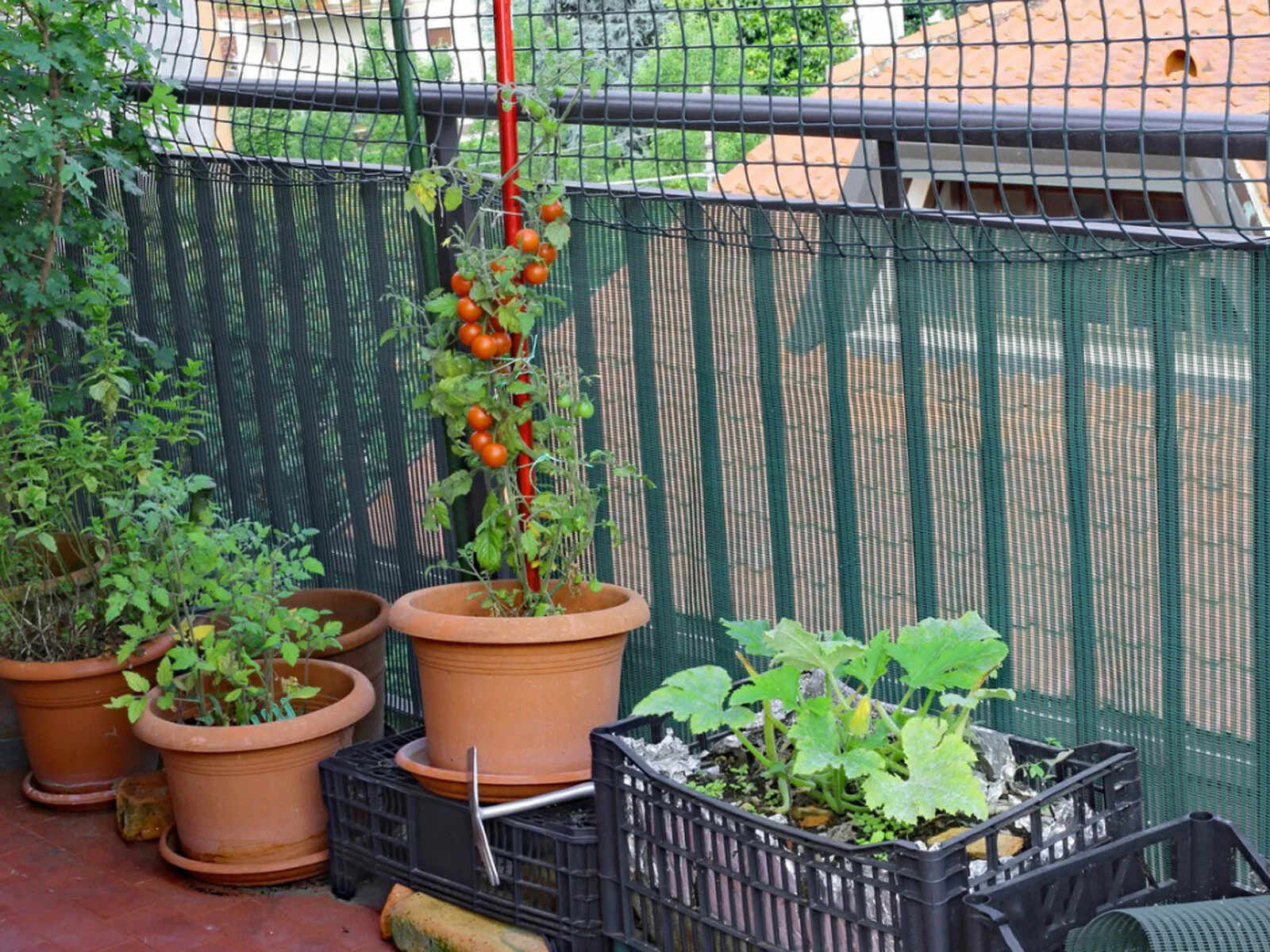
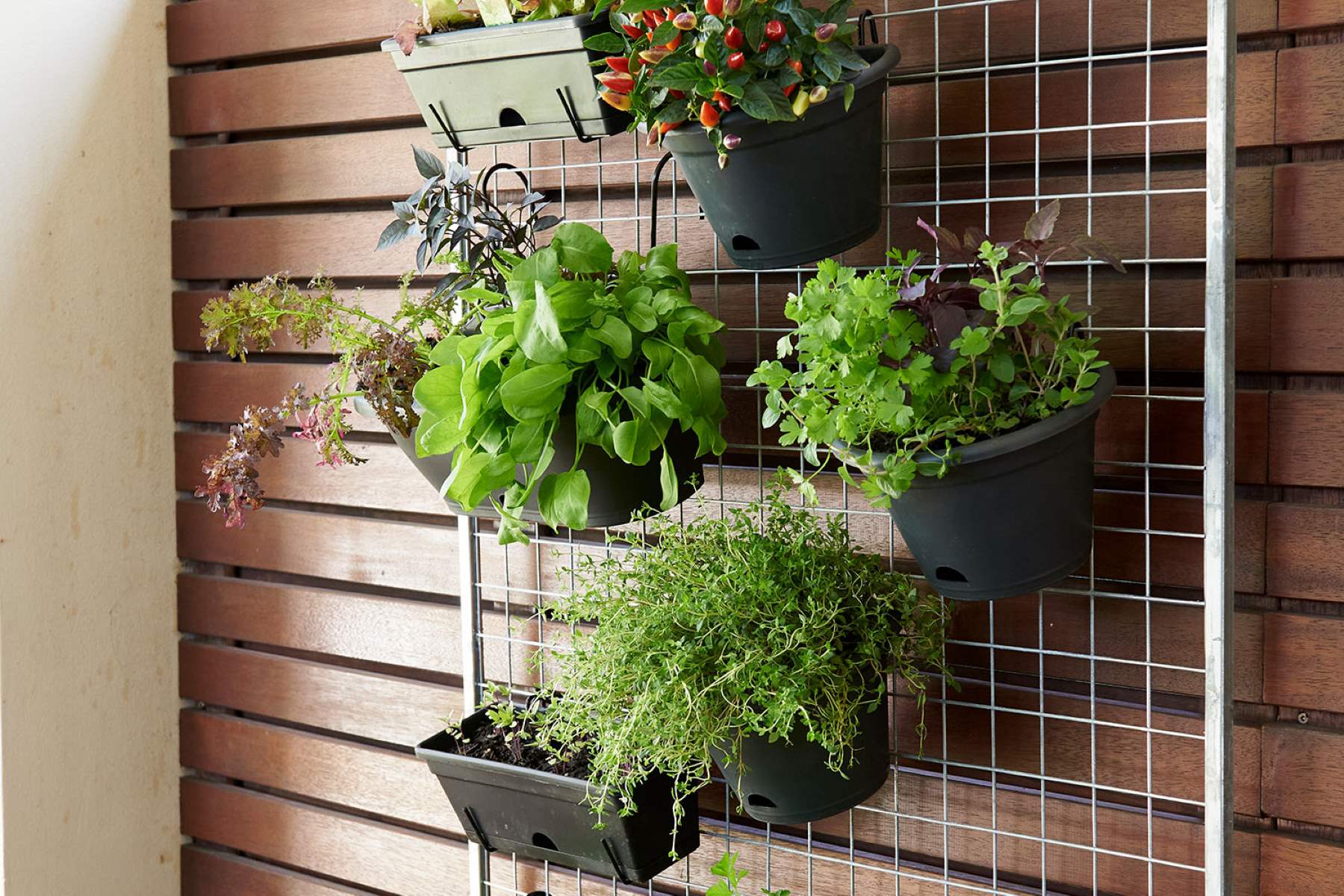
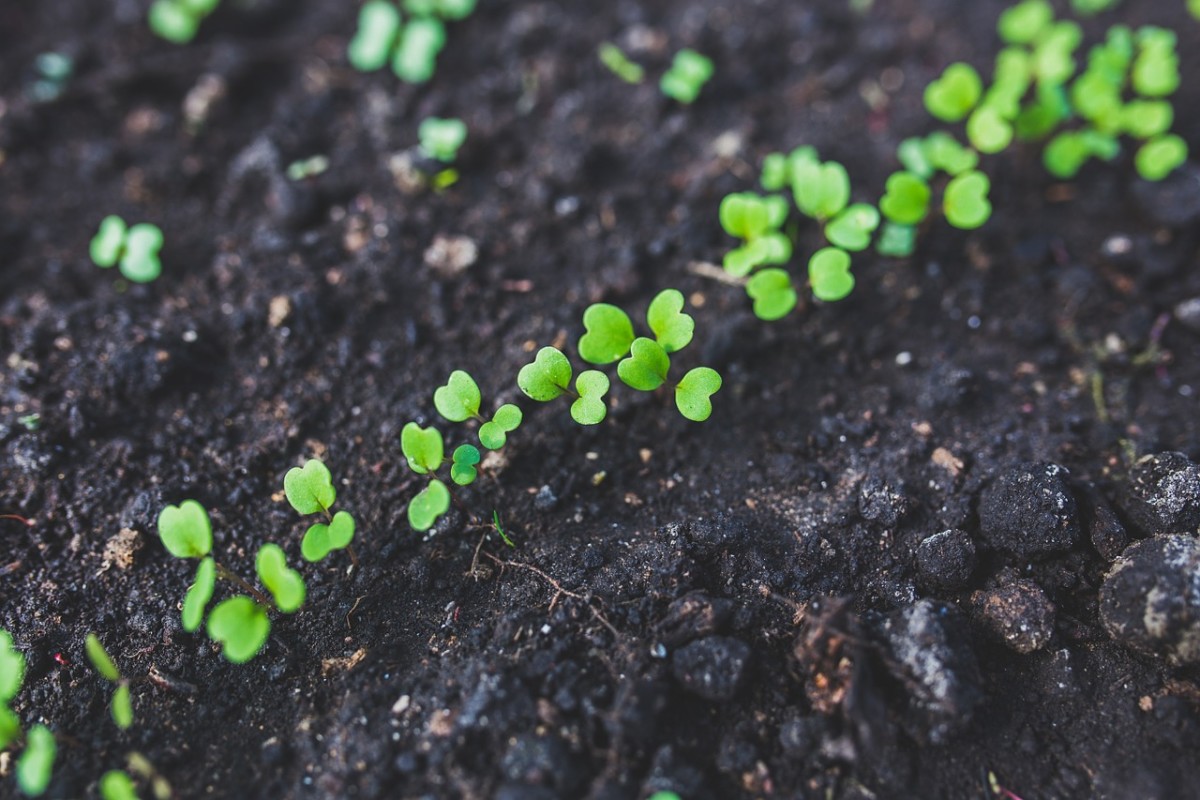
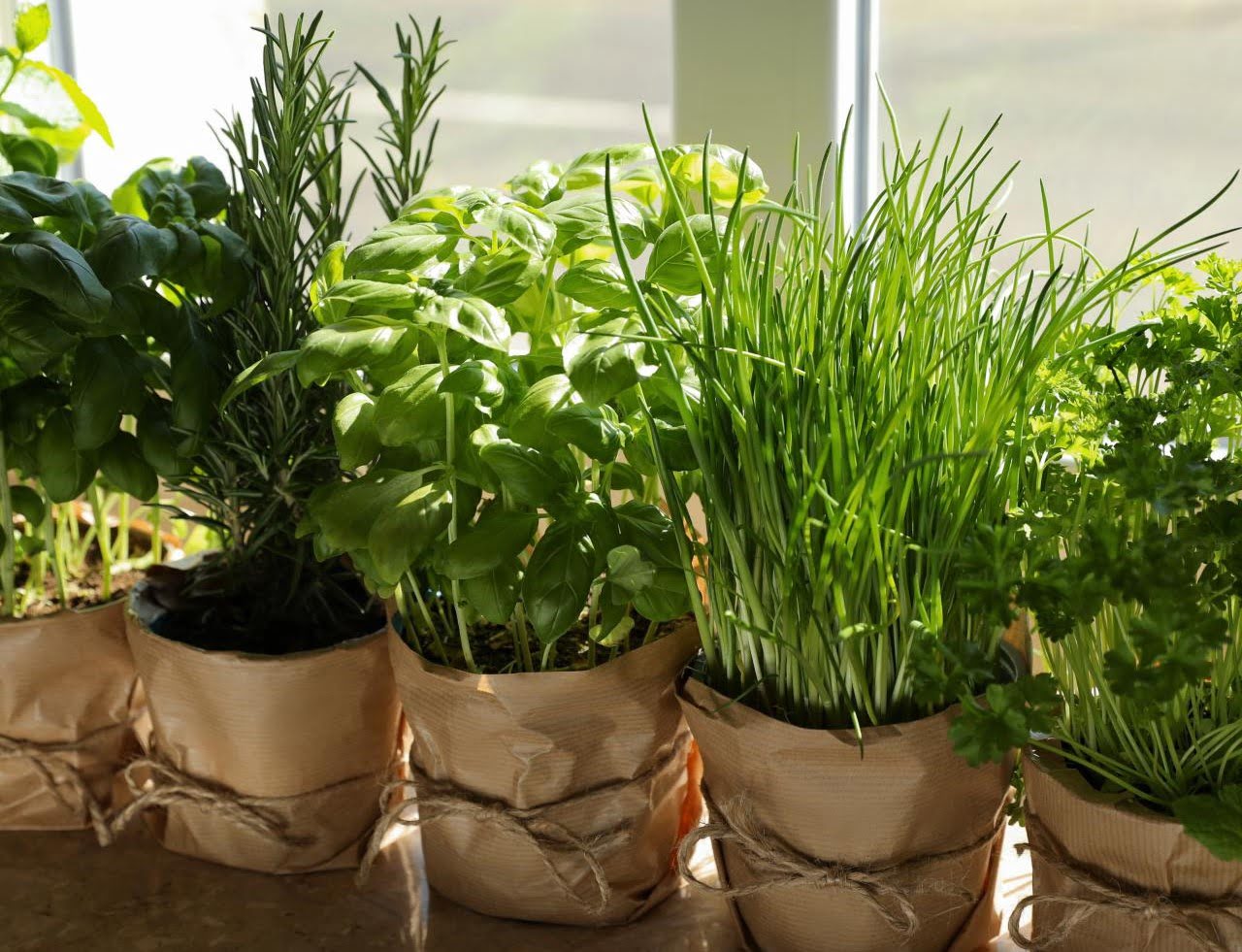
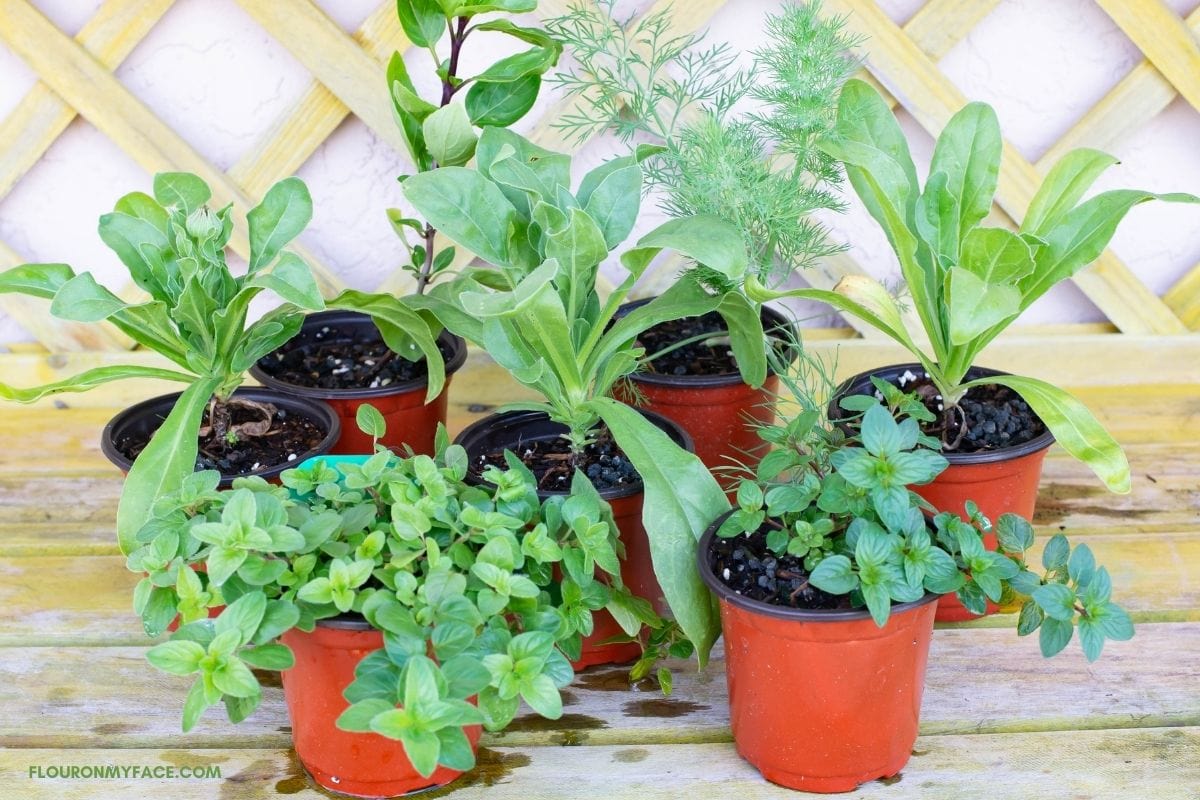
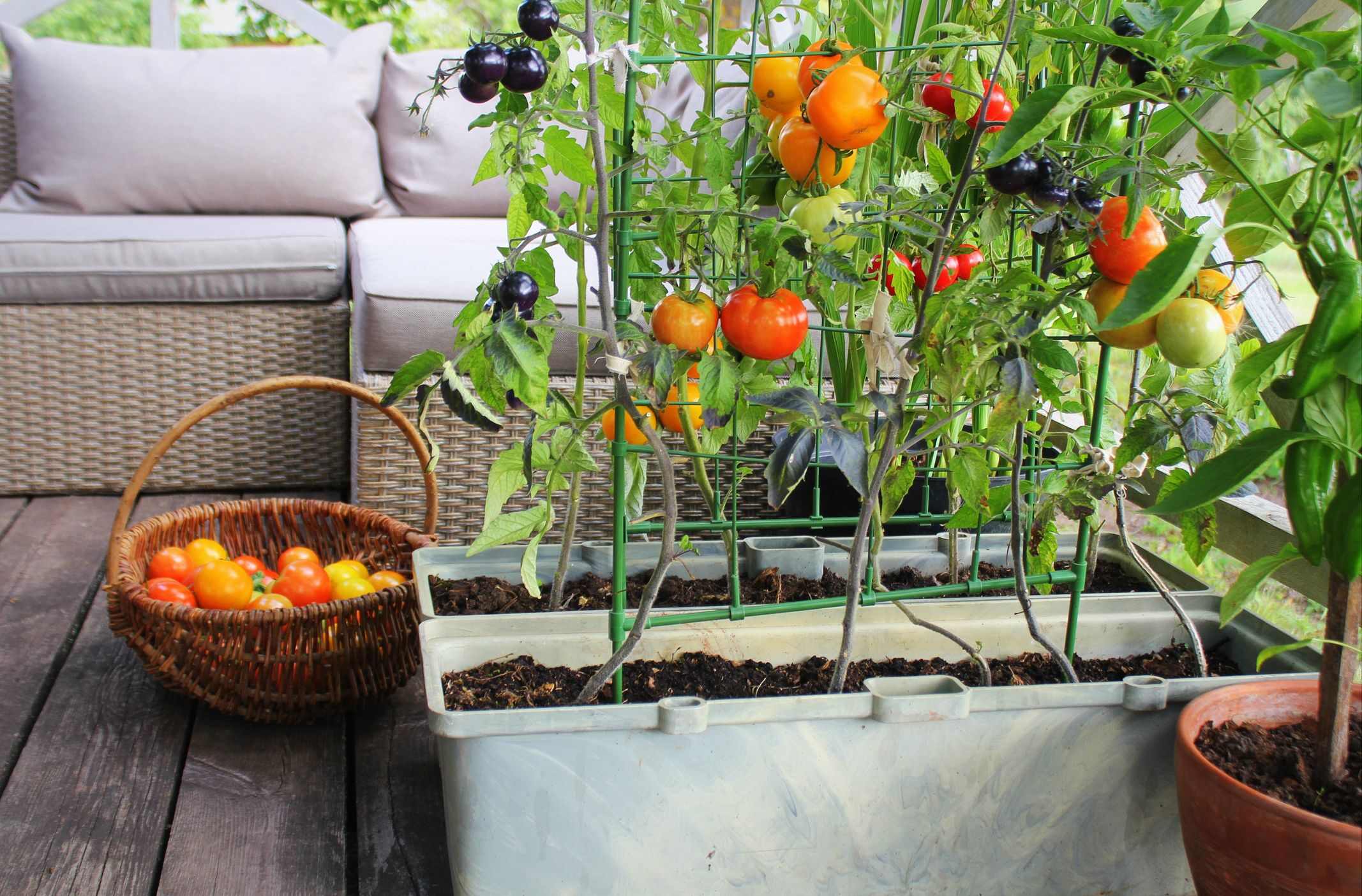
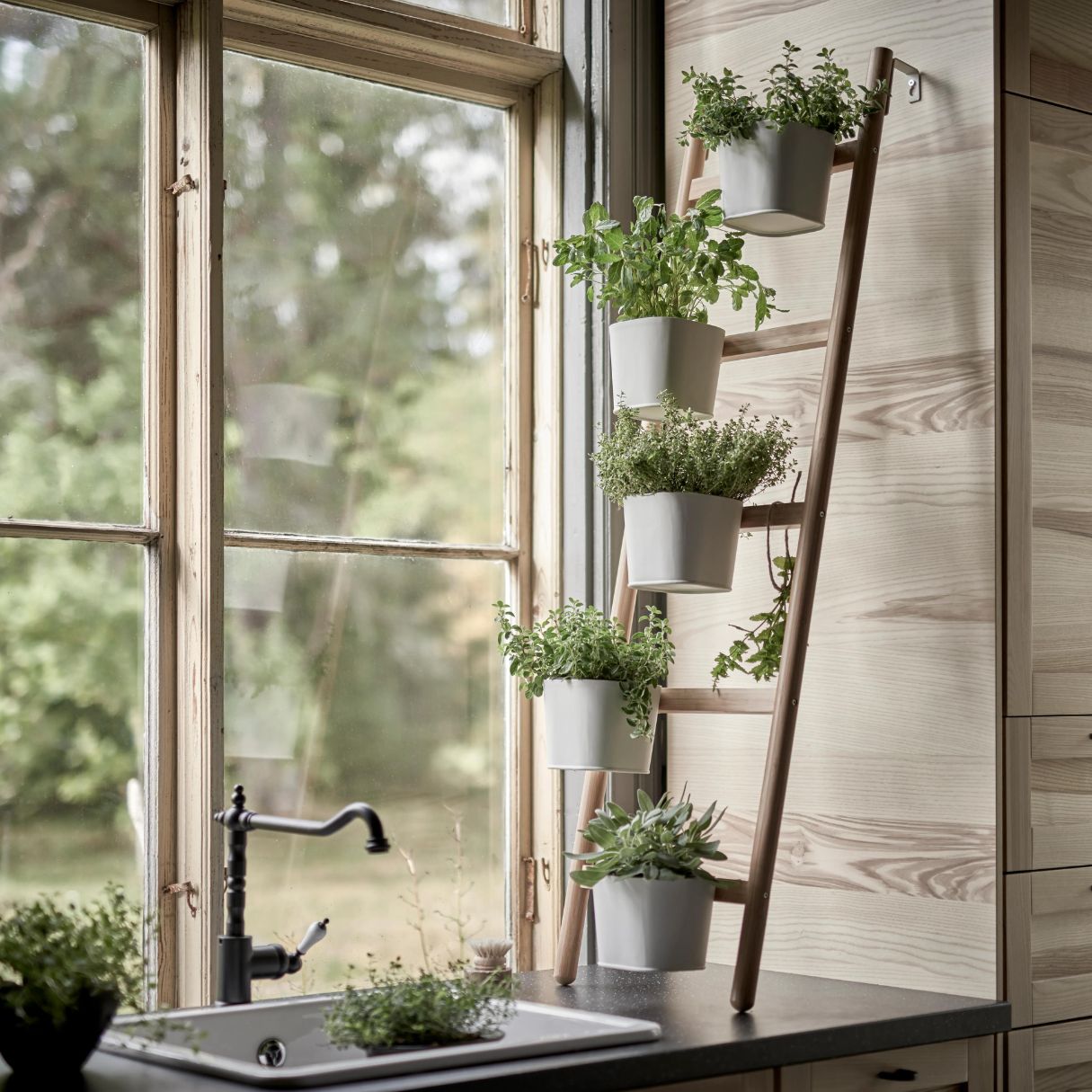
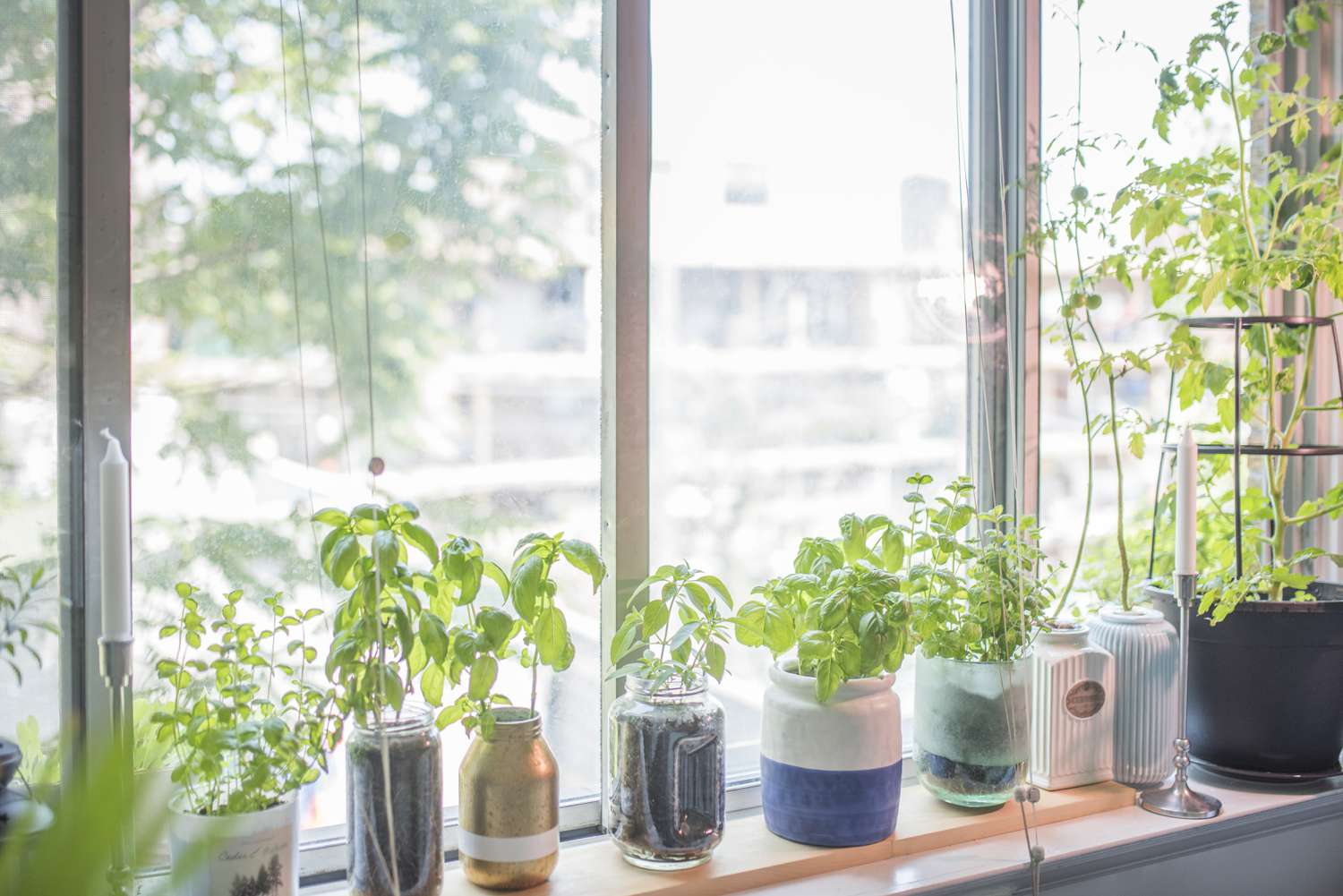
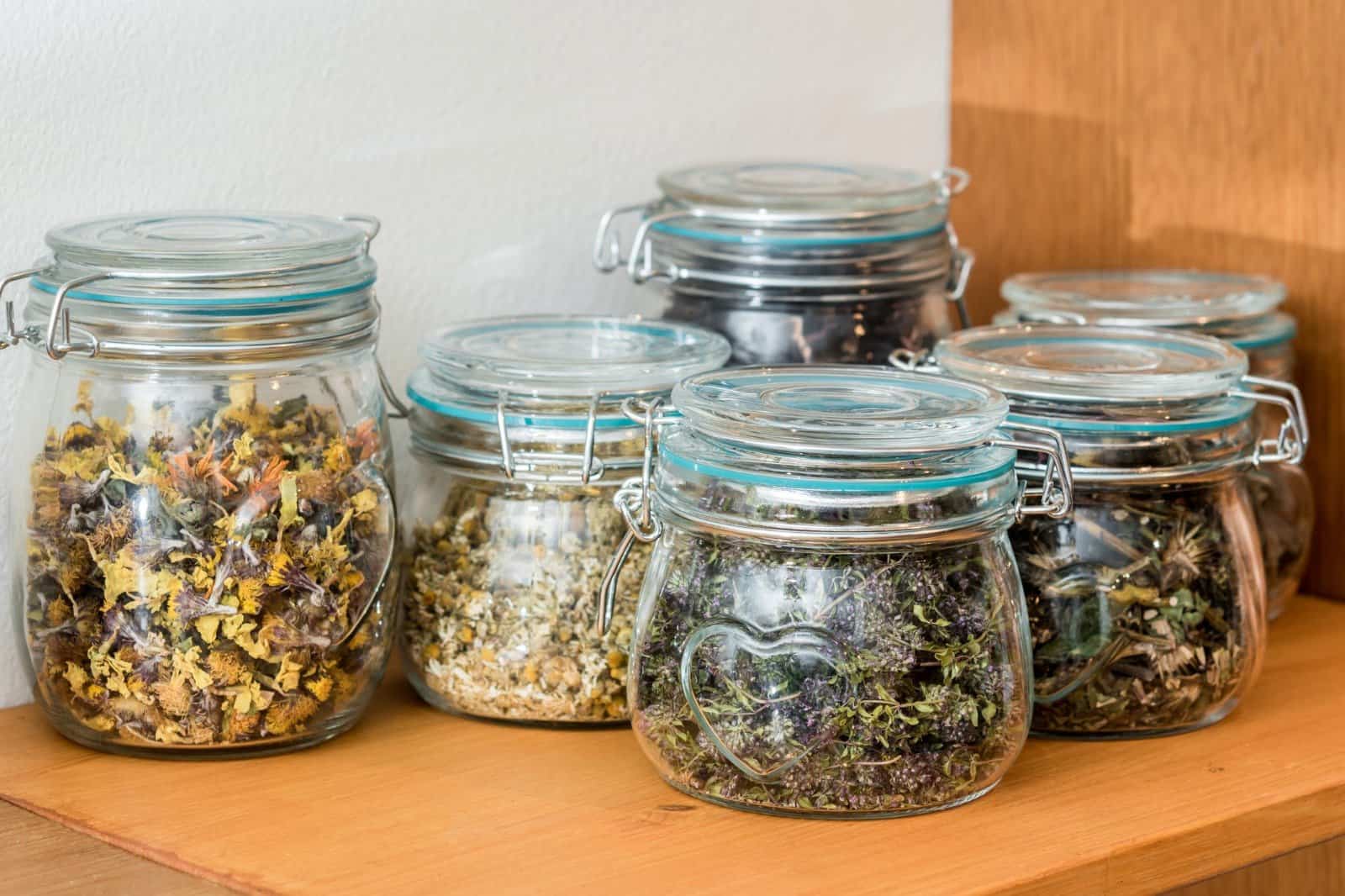
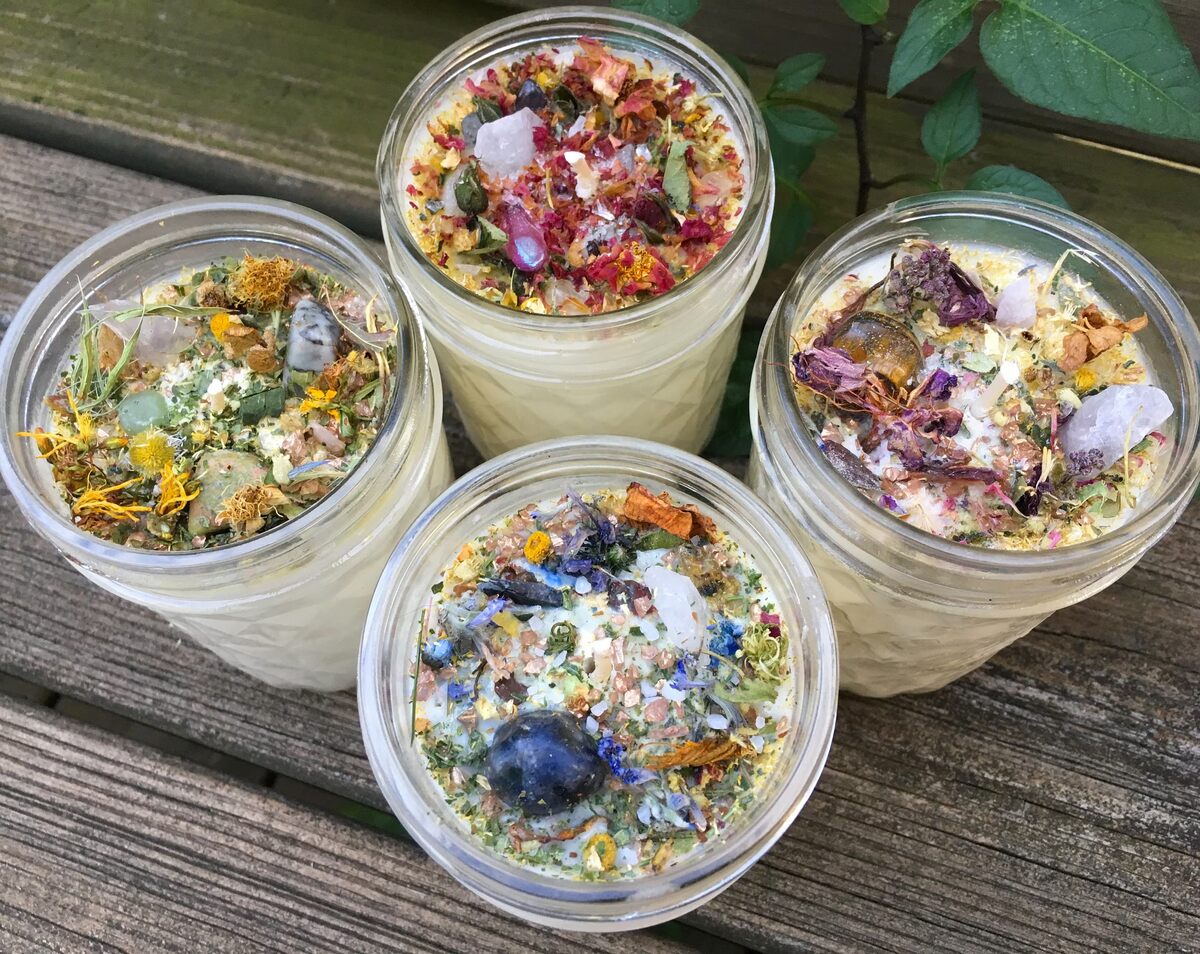
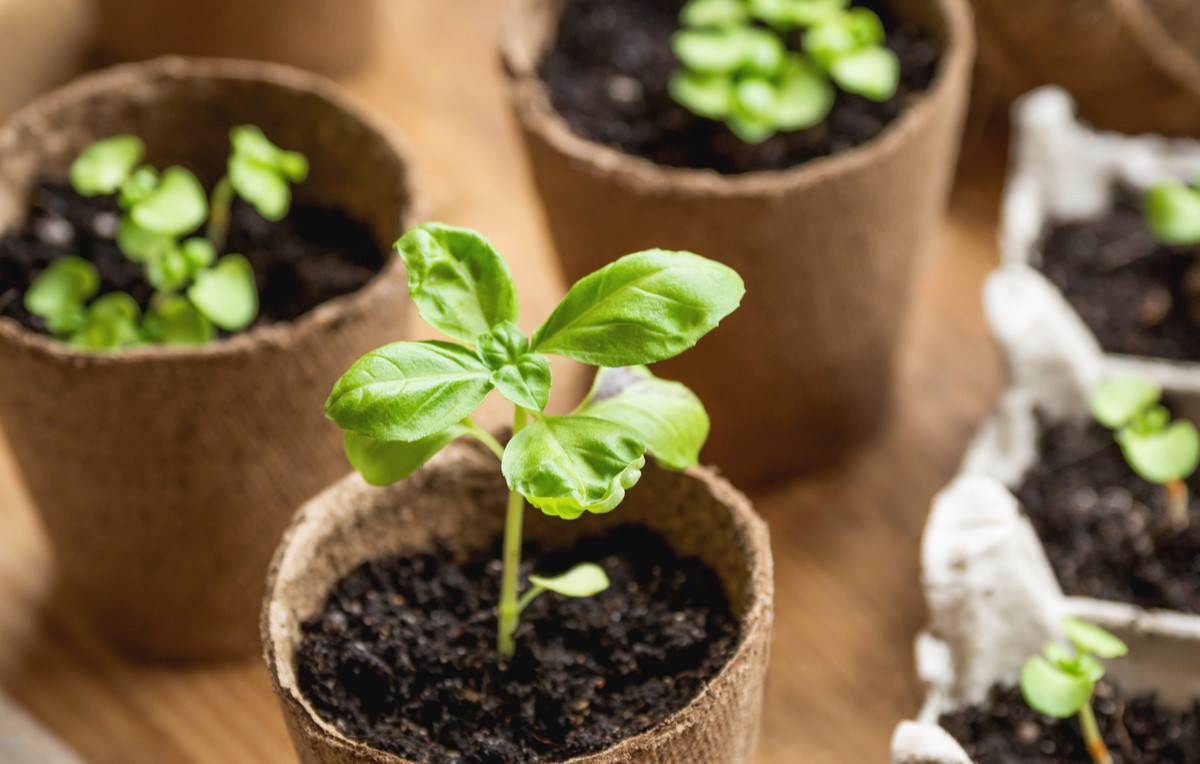
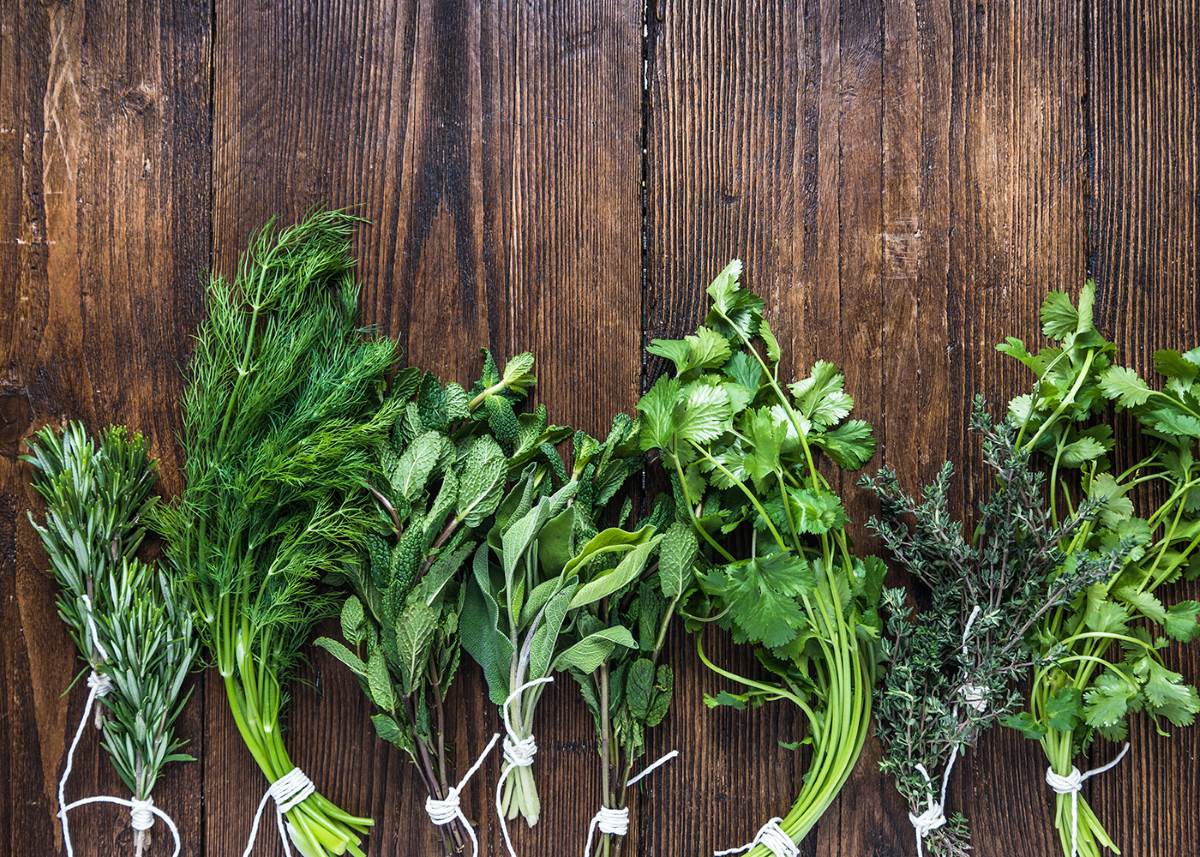


0 thoughts on “How To Grow Herbs On Balcony”